History of Juneteenth Seen & Felt Throughout Galveston
June 19, 2022
Tweet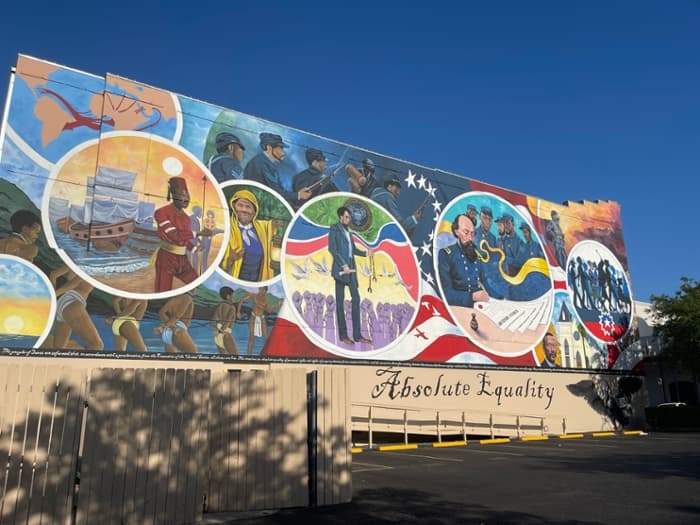
By Andréa Bolt, Social Media & Communications Manager
In Galveston, Juneteenth just feels bigger. This now-national holiday and the jubilation surrounding it have always had special meaning on Galveston Island because this is where the history happened.
It was here on June 19, 1865, that Union Army General Gordon Granger and 2,000 federal troops arrived to formally inform the enslaved Black and African American people of Galveston and Texas - about a quarter of a million people - that the Emancipation Proclamation had freed them.
The order read:
“The people of Texas are informed that, in accordance with a proclamation from the Executive of the United States, all slaves are free. This involves an absolute equality of personal rights and rights of property between former masters and slaves, and the connection heretofore existing between them becomes that between employer and hired labor. The freedmen are advised to remain quietly at their present homes and work for wages. They are informed that they will not be allowed to collect at military posts and that they will not be supported in idleness either there or elsewhere.”
The problem was that President Lincoln had passed the proclamation more than two years prior. Geographically and culturally, Texas was a removed slave state whose slave owners were loath to accept defeat and the forced change it represented. Combined with a low number of Union troops, acknowledgment, and enforcement of the proclamation were both slow and inconsistent. This changed that fateful day 157 years ago.
According to legend, Gen. Gordon read aloud the contents of General Order No. 3 from the wrought-iron balcony of Galveston’s Ashton Villa. First known as “Emancipation Day,” Juneteenth was later renamed as a portmanteau of June, nineteenth, and jubilation, celebrated across Galveston, Texas, and the United States by many Black and African Americans.
Gen. Granger and his men rode through the island, announcing the news via horseback and at several historical locations with rich cultural significance across Galveston. Many of these locations are still visible and visitable today.
Ashton Villa
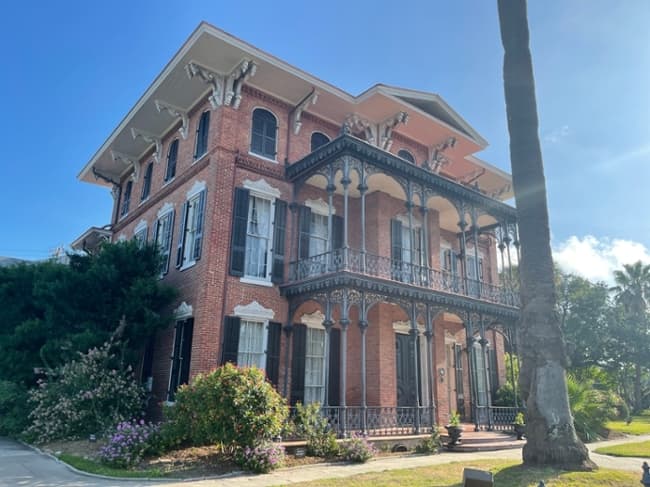
In Galveston, Ashton Villa stands at Broadway Ave. and 24th St. Built in 1859, it was one of the very first brick buildings in Texas. Enslaved people helped to build the home of banker and merchant Colonel James Moreau Brown, which became the headquarters of both the Confederate and Union Armies for different periods of time in Galveston during the Civil War.
Now, it’s known as a gathering place for Juneteenth celebrations. On the right side of the home’s front yard stands a statue of Al Edwards, the Democratic State Representative from Houston beloved for beginning the annual tradition in 1979 of a prayer breakfast, celebration, and reading of General Order No. 3.
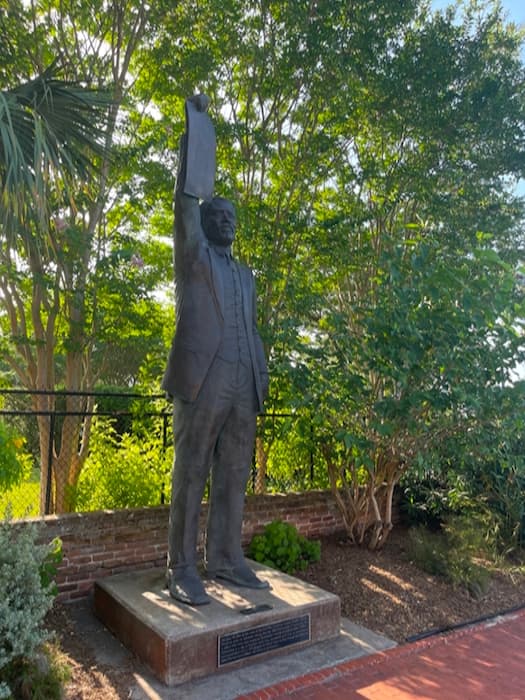
Reedy AME Chapel
Just a few minutes east on Broadway Ave. is the Reedy AME Chapel, historically and colloquially known as the “Negro Church on Broadway.” Texas’s First African Methodist Episcopal Church was established in 1867 and stood then and still stands now as a symbol of faith, strength, and the importance of community. As a central figure of said community, the order was also read at this location so as to spread the word of emancipation.
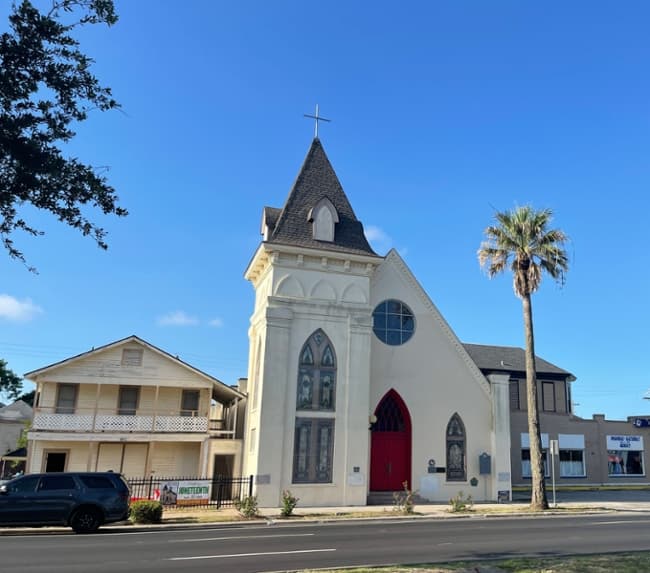
U.S. Customs House & Court House, or “Old Galveston Customhouse”
The order was similarly read and shared at the U.S. Customs House on 1918 Postoffice St. Known as the first building erected by the United States of America for civil uses in the state of Texas, the custom house was a central location for business on the island, acting as a custom and court house and post office.
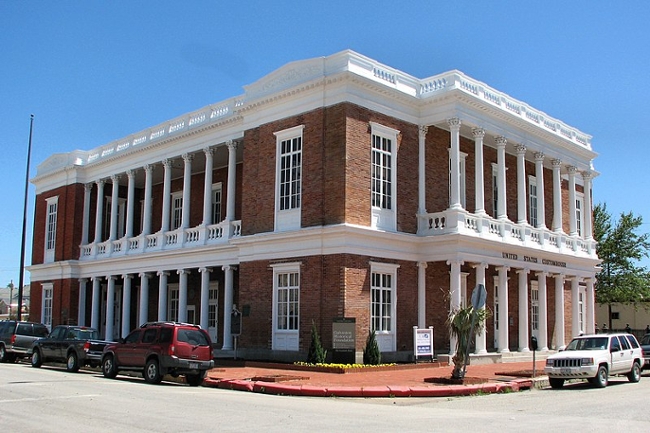
Osterman Building/”Absolute Equality” Mural
The Union Army was headquartered at the Osterman Building in downtown Galveston. Though since demolished, it once sat on the famous Strand St. and 22nd St. but is honored as of last year by artist Reginald Adams' “Absolute Equality” mural.

###
Media contact:Social Media & Communications Manager
a_bolt@tamug.edu
More:
Read more about Arts & Humanities
Read more about Business, Law & Society
Read more about Liberal Studies